Oh, the weather outside is frightful, but there’s definitely no fire — delightful or otherwise — inside “The Snowman”, a frosty but enervated first attempt at turning the popular works of Norwegian author Jo Nesbø into an intense horror-thriller film. On paper, this twisty, brutal serial-killer chiller seemed an ideal match of talent to material. With Swedish genre stylist and director Tomas Alfredson returning to his Scandinavian roots after a magnificent English movie debut in the award winning film, “Tinker Tailor Soldier Spy” — taking the reins from Martin Scorsese, who continues to offer his classy touch as an executive producer.
In this choppy adaptation of Nesbo’s 2007 bestseller, for which the best that can be said is that it reworks the text just enough to keep the author’s die-hard fans on their frost-bitten toes; however, it is difficult to see either Alfredson or Scorsese’s influence on this film. Anyone else, nonetheless, is likely to be bewildered by a haphazard structure, a plethora of red herrings and the expressionless impenetrability of Michael Fassbender’s Harry Hole character, an alcoholic detective who does what seems to be little detecting over the course of two hours. On brand appeal alone, Alfredson’s film may scare up some decent box office profit internationally; once the first snowfall melts, though, it’s unlikely Universal will choose to build a “Snowman” franchise.
It might take an investigator more intuitive than Hole to pinpoint where and how things unraveled in this production that seems to have been second-guessed at every turn, and bears the manifold scars and stitches of on-the-fly thinking. The late addition to the cast with Scorsese’s admired editor Thelma Schoonmaker, supplementing the work of the esteemed Claire Simpson, hints at a high level of creative uncertainty about how to portray Nesbø’s dense thriller. From a franchise standpoint, “The Snowman” is adapted from the seventh novel in the Harry Hole collection, potentially explaining why Fassbender’s character never comes into clear focus.
The logic in beginning the franchise with “The Snowman” may be that it’s the most vivid of Nesbø’s narratives. Centered around the hunt for what we are told is Norway’s first serial killer. This killer being a maniac who enjoys the kidnapping and carving up of a variety of women in Oslo, Bergen and other Norwegian cities, leaving a stern-faced, somewhat childish snowman at the scene of every crime. Before we get to that, however, a strange prologue takes us to the remote, icy Norwegian terrain, where a single mother and her adolescent son are routinely terrorized by a local cop until Mom decides to drive her car into the depths of a frozen lake. What bearing this grim vignette has on the plot remains unclear for some time, as does its place in the film’s back-and-forth chronology. Whether you place the blame on the flashback storytelling or unchanging trends in Norwegian fashion, transitions between the present, the late 2000’s and the mid-1980s are perhaps more ambiguous than they need to be.
Following that introduction, the already inadequate essentials of Hole’s character are drawn very minimally. Disconnected and seemingly unliked in the Oslo Crime Squad, inevitably spending drunken nights on the street rather than in his lonesome apartment, he saves what little warmth he has for his on-and-off ex Rakel (Charlotte Gainsbourg) and her teenage son Oleg (Michael Yates), to whom he feels a semi-fatherly responsibility. In the film’s tangled screenplay, perceptions of parenthood turn out to be a concern. When women across the region begin to disappear, later showing up gruesomely dismembered, little seems to connect the victims but motherhood, while their respective vanishings coincide with the first snowfall.
While Hole is clued into proceedings due to the various scrawled notes sent directly to him by the killer — a device, like the squat little snowmen at every murder site, that plays more comically than creepily — the most resourceful work on the case is done by department newcomer Katrine (Rebecca Ferguson), a like-minded loose cannon who nonetheless shares few of her hunches with her scowling partner. Despite the romanticized relationship that the duo achieves, the scattered and distracted shaping of the mystery gives Fassbender and Ferguson limited time to truly connect.
The latter part of the film in particular is something of a sacrificial lamb to the film’s heaviest pruning of the novel’s plotting, be it at the scripting or editing stage: Katrine’s conflicted role in the investigation has been oversimplified, and her romantically fraught relationship with Hole is reduced to some bleak and arbitrary innuendo. It’s all the more to Ferguson’s credit, then, that she still emerges as “The Snowman’s” liveliest, most limber presence. As for Fassbender, affecting a low, almost accentless delivery that appropriately matches the character’s general secrecy — a better approach than most in the film’s Anglo-Nordic vocal smorgasbord — he’s ideally cast as the intense, silently motivated Hole, but the script gives him few currents to develop a deeper performance.
If “The Snowman” were simply a chilly synopsis of a knottier page-turner, it could easily create the elements missing in this film. The sad surprise here, considering how precise Alfredson’s previous works have been, is the snowballing incoherence from scene to scene. Like a game of narrative Jenga gone wrong, every piece appears to have weakened the overall structure, toward a climax that succeeds in catching the audience off-guard, but mostly because of how little sense, both practically and emotionally, it makes in hindsight.
Also unexpectedly absent is the textured, shadow-marinated atmosphere that Alfredson created so memorably in “Tinker Tailor” and his neo-vampire tale “Let the Right One In”. Heavily accessorized with unnecessary digital detailing, Dion Beebe’s cinematography deals in shades of palest precipitation, but curiously does oddly little with Norway’s extremely desolate winter landscape.
Despite the many flaws, “The Snowman” is never exactly dull, though, with its well-populated collection of supporting actors and actresses who may or may not have a role in the bigger picture: J.K. Simmons as a sinister mogul steering Oslo’s Winter Olympics bid, James D’Arcy as the bitter husband of the killer’s most recently disappeared victim, to say nothing of Val Kilmer’s odd turn as a dissolute detective investigating a potentially related case in poorly illustrated flashbacks. By the time the familiar faces of Toby Jones and Chloe Sevigny pop in as mostly negligible roles, however, “The Snowman” begins to feel more like a film dependent on these distractions than it is hindered by them. Although there’s a lot happening on the surface of Alfredson’s baffling winter wonder-why, the film fails to provide anything else, including a deeper meaning within the chilling story.
The Snowman fails to fulfill hopeful expectations
November 2, 2017
1
0
More to Discover












































































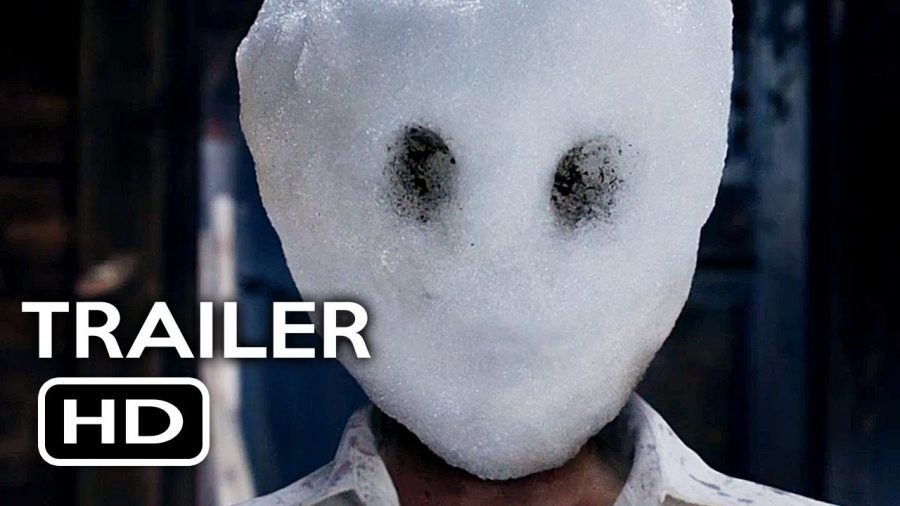


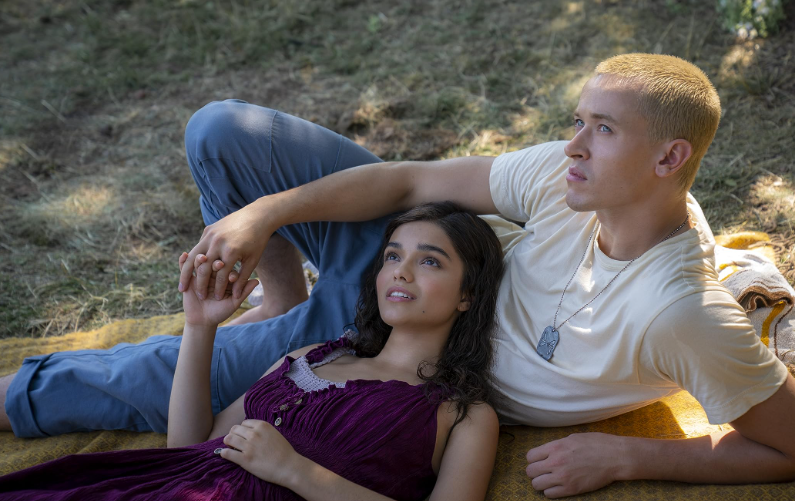
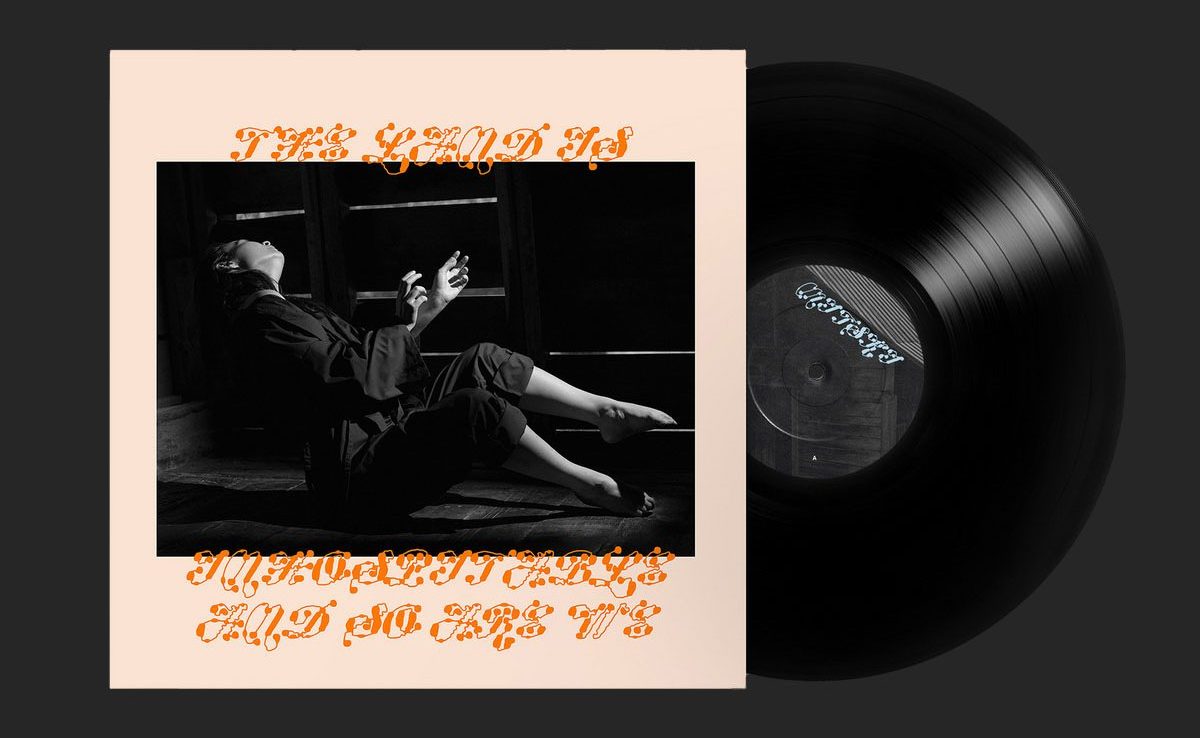

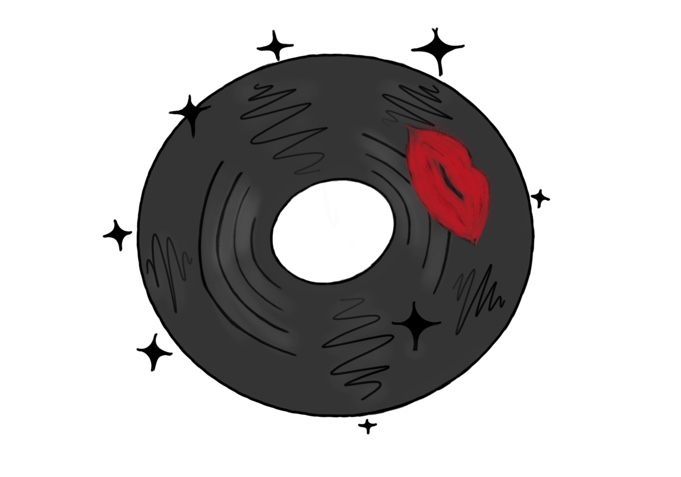
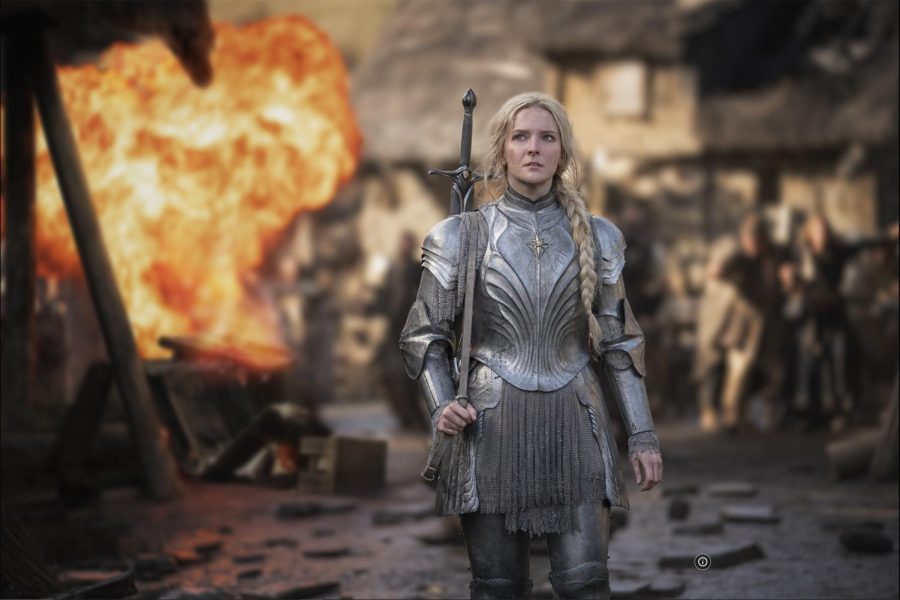
Melissa Carranza • Nov 9, 2017 at 6:10 pm
I really hope this winter/horror movie is actually good. the last horror movie that was winter related was Krampus and personally thought that movie was a train-wreck. it had way too many cliches and had a horrible ending. hopefully Snowman changes the horror/winter genre for me.